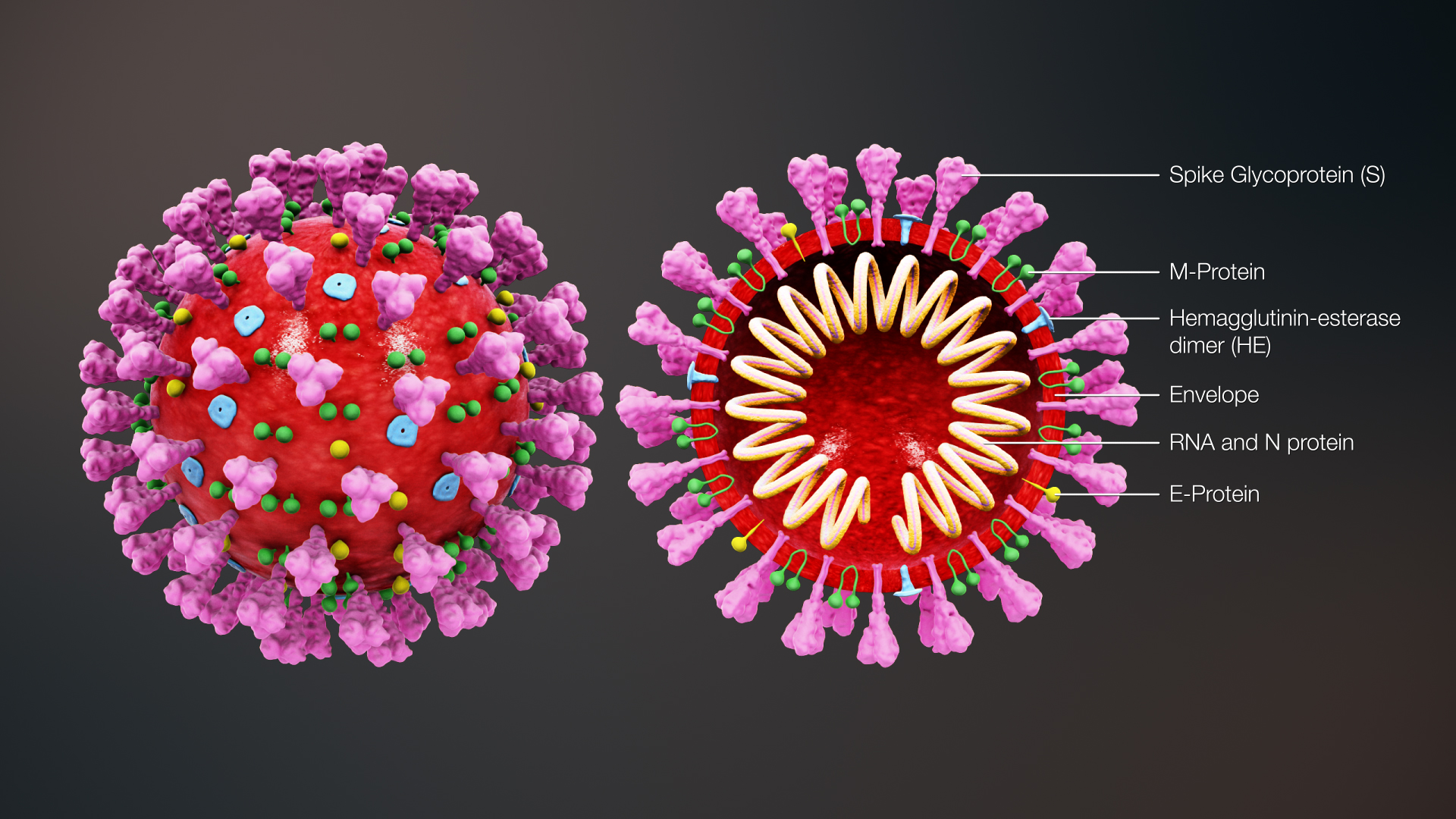Habits can be good or bad. Good habits improve a person’s life, like learning how to drive without thinking of all the complex details of how to operate it on a busy road. Conversely, bad habits can ruin a person’s life, like regularly eating ice cream when the person is diabetic.
Everyone has habits—both good and bad. The trick to managing those habits is to be aware of what is triggering them.
Those who are trying to lose weight may find that they are often indulging in desert before they even realized they had filled their ice cream bowl. Medical weight management such as the HCG diet in Rochester can help you to overcome the hunger associated with your temptation for desert. Use your medical weight loss assistance to your advantage to overcome your poor dietary habits.
How Habits Work
Habits, both good and bad ones, use the same psychological process, which consists of three distinct parts.
- First, there is a trigger that stimulates the brain to automatically follow a particular set of behaviors.
- Second, the behavior has a familiar routine to it. It usually follows a predictable pattern.
- Third, the behavior is rewarded by the brain with pleasant thoughts, feelings, and sensations.
An Example of a Bad Habit in Action
Suppose someone who is diabetic has the bad habit of eating ice cream. Although the habit causes all sorts of health problems, the desire to eat ice cream is stronger than the urge to avoid it.
- First, the diabetic may be watching a television show and sees a scene where children rush out to an ice cream truck and buy their favorite ice cream. This is the trigger.
- Second, the diabetic goes to the refrigerator and pulls out a tub of ice cream, sets out a bowl and a spoon, piles the ice cream into it, and goes back to watching the television show. This is the routine behavior.
- Third, the diabetic feels intense satisfaction and pleasure at the taste of ice cream. This is the reward.
How to Break a Bad Habit
Continuing with the example of the diabetic, how does he or she learn to break this habit?
It can be broken by interrupting one or more of the three processes.
The diabetic can choose to rethink what the stimulus means. So when an image of eating ice cream shows up, the focus can be on how sick he or she will feel afterwards rather than the pleasure of eating the ice cream. This reframes the trigger.
During the ritual of opening up the freezer door and setting up an ice cream bowl and spoon, the diabetic can interrupt this pattern by putting something else in the bowl, like a stick of celery instead of a dab of ice cream.
During the eating of the ice cream, the diabetic can focus on negative aspects of the taste of the ice cream—too cold, too sweet, too sticky, and so on.
By continually “scrambling” the three processes, overtime the diabetic will lose the urge to get ice cream, lose interest in the ritual of setting up the treat, and lose the sense of reward for it.







